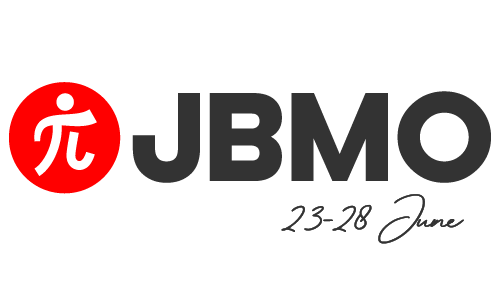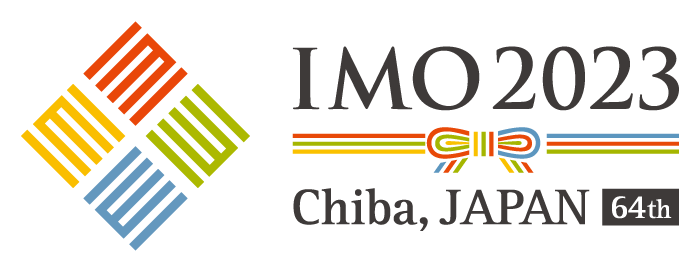|
NEWS | ИНФОРМАЦИИ
-
|
|
-
|
-
ARTICLES | СТАТИИ
-
|
|
USEFUL INFORMATION | КОРИСНИ ИНФОРМАЦИИ
SELECTED PROBLEMS | ИЗБРАНИ ЗАДАЧИ
- Find the last two digit numbers of .
- Compare the sum (consisting of terms)
- Let , and be positive numbers such that . Prove the inequality
- Solve the equation
- Let be a rectangular with . Let be a point, different from and , on the half-circle with as its diameter and on the same side with . and meet at and respectively. and meet at and respectively. Find the position of the point on the half-circle such that the sum is smallest possible. Calculate this smallest value.
- Find all pairs of positive integers , such that where and are respectively the quotient and the remainder obtained when dividing by
- Consider the equation
- Choose five points , , , and on a sphere with radius such that
- Suppose that , and are three points lying respectively on the edges , . of a triangle such that
- Find the limit
- Denote by the largest integer not exceeding and write Find the limit }
- Let be a positive integer and real numbers such that and the function
- There are three bells in the laboratory. The first bell rings every minutes, the second every minutes, the third every minutes. The three bells ring simultaneously at in the morning.
a) At what next time do the three bells ring simultaneously?
b) From to p.m., how many times do only two bells ring simultaneously? - a) In the figure let , , and and justify the answer.
b) How many triangles are there in the figure? Write down these triangles. - Find the integer-solutions of the equation
- Prove that the equation
- Prove that
- Let be a triangle ; on the opposite rays of the rays take respectively the points (distinct from cuts at . Prove that
- Let be given a convex quadrilateral . cuts at , cuts at . The diagonals , intersect at . Let , , , be respectively the midpoints of , , , . cuts at , cuts at . Prove that is parallel to .
- Let be integers such that and , are divisible by . Prove that is not divisible by .
- Let and be positive numbers. Prove that
a) where is a rational number, ;
b) where is a rational number, . - The sequence of numbers is defined by
- is a point inside an acute triangle with , , . Let , , be respectively the orthogonal projections of on the sides , , . Find the greatest value of the expression
- Let , , , be respectively the areas of the faces , , , of a tetrahedron and be the radius of the circumscribed sphere of . Prove that
PROBLEM OF THE WEEK | ЗАДАЧА НА НЕДЕЛАТА
- PW 120. Consider the equation where is a positive integral parameter. Prove that this equation has integral solution with , when and only when is a perfect square.
|



